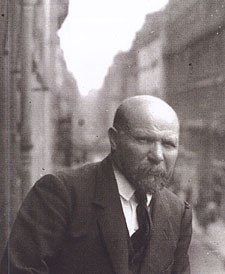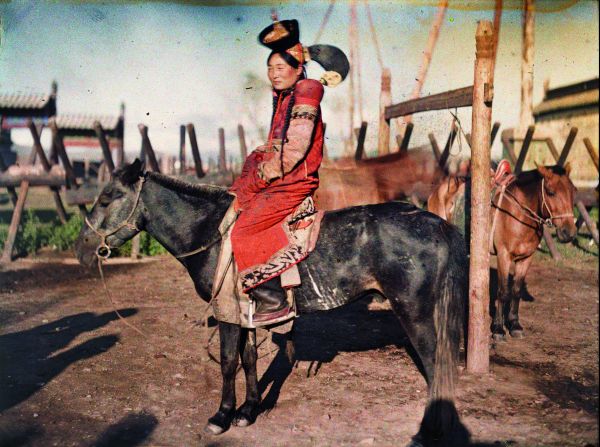Albert Kahn
I first learned of Albert Kahn by watching the acclaimed BBC4 television series, The Wonderful World of Albert Kahn.
As an idealist and an internationalist, Kahn believed that he could use the new autochrome process, the world’s first user-friendly, true-colour photographic system, to promote cross-cultural peace and understanding.
A sentiment I whole-heartedly agree with. 
Kahn used his vast fortune to send a group of intrepid photographers to more than fifty countries around the world, often at crucial junctures in their history, when age-old cultures were on the brink of being changed for ever by war and the march of twentieth-century globalization.
These privileged men documented in true colour the collapse of both the Austro-Hungarian and Ottoman empires; the last traditional Celtic villages in Ireland, just a few years before they were demolished; and the soldiers of the First World War — in the trenches, and as they cooked their meals and laundered their uniforms behind the lines.
Amazingly, they took the earliest-known colour photographs in countries as far apart as Vietnam and Brazil, Mongolia and Norway, Benin and the United States.
Such pioneering feats make me green with envy and wishing I was born in an era when there was still so much of the world and technology to explore.

At the start of 1929 Kahn was still one of the richest men in Europe. Later that year the Wall Street Crash reduced his financial empire to rubble and in 1931 he was forced to bring his project to an end.
Kahn died in 1940.
His legacy, still kept at the Musée Albert-Kahn in the grounds of his estate near Paris, is now considered to be the most important collection of early colour photographs in the world.
Until recently, Kahn’s huge collection of 72,000 autochromes remained relatively unheard of; the vast majority of them unpublished. Now, a century after he launched his Archives of the Planet project, the BBC Book The Wonderful World of Albert Kahn, and the television series it accompanies, have helped bring Kahn’s inspiring imagery to a mass audience for the first time and putting colour into what we tend to think of as an entirely monochrome age.
Inspired by Albert Kahn – here is a sample of the faces I met on my travels through Cambodia.